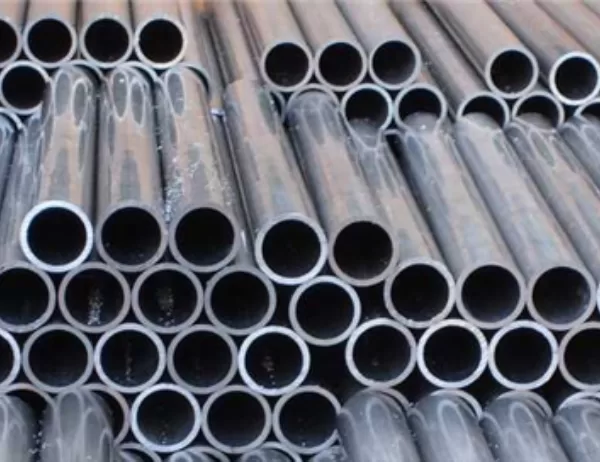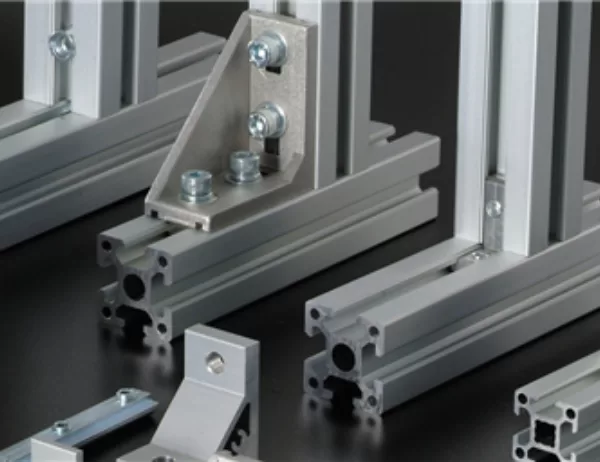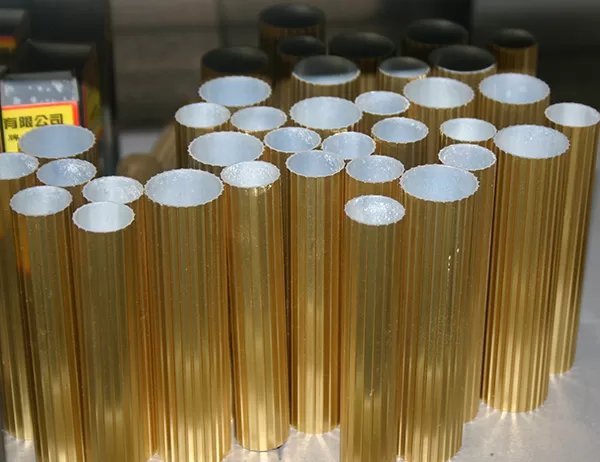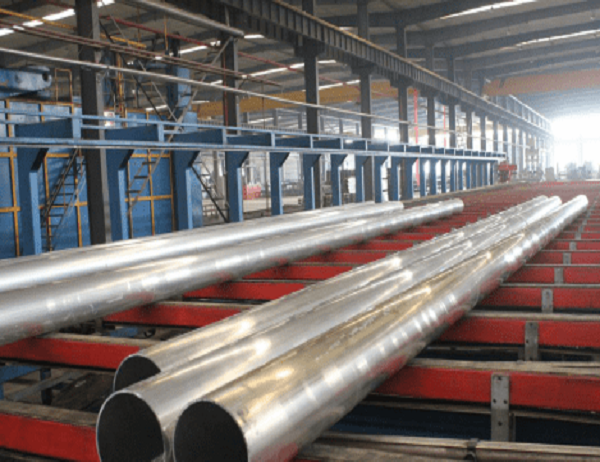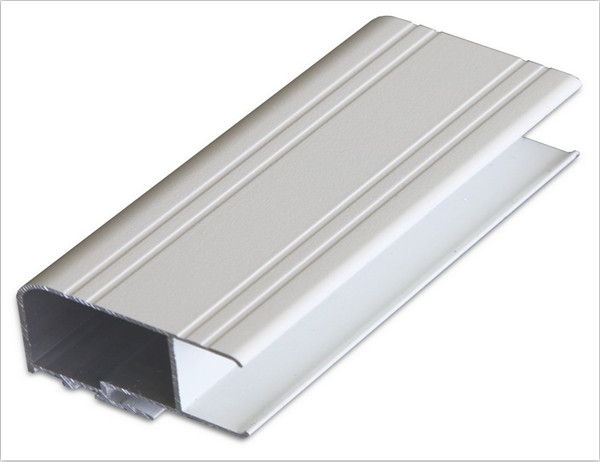Heat sinks are essential components in many electronic devices, as they help to dissipate heat and prevent overheating. One of the most common materials used for heat sinks is aluminum. Aluminum is a lightweight, durable, and highly conductive metal, making it an ideal choice for this application.
In this article, we will explore the science behind aluminum heat sink functionality and discuss the various factors that affect their performance.
How Heat Sinks Work
Heat sinks work by transferring heat from a heat source to a cooler medium. The heat source can be a component in an electronic device, such as a processor or graphics card. The cooler medium is typically the surrounding air or a liquid coolant.
Heat sinks are designed to increase the surface area of the heat source, which allows for more efficient heat transfer. The increased surface area provides more opportunities for the heat to escape into the surrounding medium.
Factors Affecting Heat Sink Performance
Several factors affect the performance of heat sinks, including:
Surface Area
The surface area of the heat sink is one of the most important factors that affect its performance. A larger surface area provides more opportunities for heat transfer, resulting in better cooling performance.
Fin Design
The design of the heat sink’s fins also plays a significant role in its performance. Fins are the thin, vertical structures that increase the surface area of the heat sink. The shape, size, and spacing of the fins can all affect the heat sink’s efficiency.
Material
The material of the heat sink also affects its performance. Aluminum is a popular choice because it is lightweight, durable, and highly conductive. Other materials that are sometimes used for heat sinks include copper and stainless steel.
Airflow
Airflow is another important factor that affects the performance of heat sinks. The amount of airflow over the heat sink will determine how effectively it can transfer heat. Fans or blowers can be used to increase airflow and improve cooling performance.
Applications of Aluminum Heat Sinks
Aluminum heat sinks are used in a wide variety of applications, including:
Electronics
Aluminum heat sinks are used in many electronic devices, such as computers, laptops, and smartphones. They help to dissipate heat from critical components, such as processors and graphics cards.
Automotive
Aluminum heat sinks are also used in automotive applications, such as engines and radiators. They help to dissipate heat from the engine and prevent overheating.
Industrial
Aluminum heat sinks are used in many industrial applications, such as manufacturing equipment and power plants. They help to dissipate heat from machinery and equipment and prevent overheating.
Conclusion
Aluminum heat sinks are essential components in many electronic devices and industrial applications. They help to dissipate heat and prevent overheating, ensuring the reliability and performance of the equipment. The science behind aluminum heat sink functionality involves a combination of factors, including surface area, fin design, material, and airflow. By understanding these factors, engineers can design and optimize heat sinks for specific applications.
